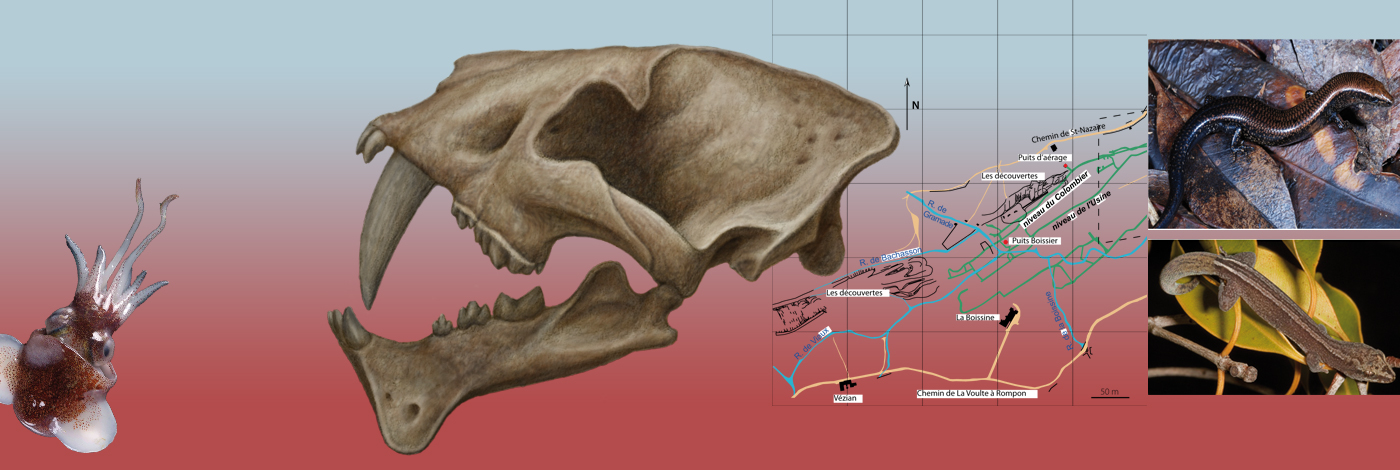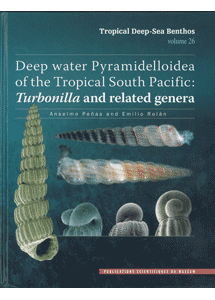
 Tome 200
Tome 200 Publié le 15 septembre 2010
The Pyramidellidae are a species-rich family of small gastropods which live as ectoparasites on other marine invertebrates. Their subtle variations around a quite homogenous basic morphology make species-level taxonomy extremely difficult. This volume contains the descriptions of 272 species collected in the last 30 years of deep-sea benthic exploration promoted by MNHN and IRD scientists. More than three-quarters of the species are new to science, and more is to come with the other genera to be studied following Turbonilla. This paper takes a step forward towards answering some questions regarding the mega-diverse Indo-Pacific. What is really the order of magnitude of species richness? How are numbers of individuals distributed among species? How heterogeneous is the fauna on a geographic scale? Anselmo Peñas and Emilio Rolán have a considerable background in malacology, mostly European and Eastern Atlantic. Their venture with the Pyramidellidae started with the European and West African species, in a series of papers which appeared in the Spanish malacological journal Iberus, in which new species appeared by the dozens. The move to the Indo-Pacific goes up one order of magnitude, and only the great XIX century expeditions match similar numbers of new species introduced in a single paper.
